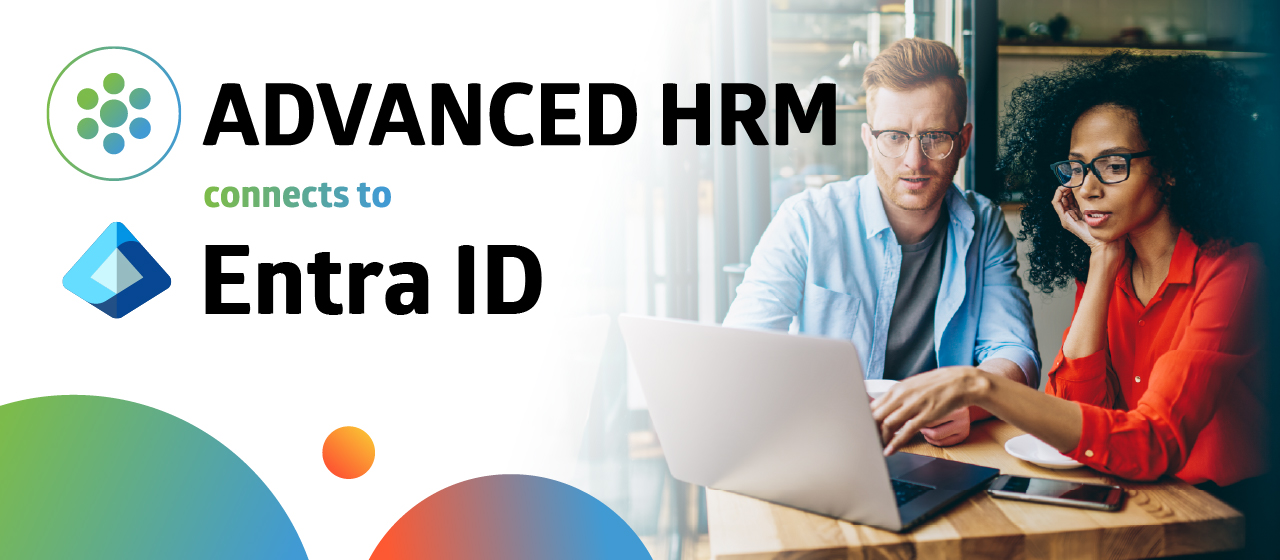Over the last years, onboarding has become one of the most essential parts of Human Resources. When employees are engaged in an early stage, they are more likely to be happy and successful. A great onboarding builds mutual trust and alignment between current and new employees. Moreover, a good onboarding experience often results in a longer employment. Several studies claim that 59% of HR professionals believe employee retention will be more important than acquisition in the near future. These results are promising. Let’s find out how to create a seamless onboarding experience. But first, let us start off with the definition of onboarding
What is Onboarding?
Onboarding is the process of integrating new people within an organization. We speak of Onboarding when someone joins an organization. During the process, we speak of two different phases: Pre-Boarding and Onboarding. Pre-Boarding are all the boarding activities that take place before the employees’ first day.
How do you start with my Onboarding Guide?
Starting with Onboarding sounds easier than it might be. Your organization probably already has an Onboarding procedure, but there is always room for improvement. To create a great Onboarding Guide, we must distinguish the Pre-Onboarding phase from the Onboarding phase.
Pre-Onboarding
With Pre-Onboarding, we mean all the processes that need to be handled before the employees’ first day. Think about the set up in systems and the office. For instance:
Environment setup
Think about an email address, access to cloud environment, communication software like Microsoft Teams etc.
Hardware
A laptop for remote working, cell phone, keyboard, and mouse. Do not forget the entrance key to the office.
Insurance
Make sure all the employee insurances are set up on time. You do not want to find out you are not insured when a workplace accident occurs.
Financials
Set up the employee in the payroll system so your employee gets paid on time. Do not forget the tax forms so tax authorities will not give you a hard time.
Onboarding Software
With Onboarding Software, you can take your boarding to the next level. Send an Onboarding guide a week before the employees’ first day. In this guide, you explain what your organization stands for. You explain your vision, policies, and general office information. Where can you park your car? Is there a cafeteria? What are the office hours? Can I charge my electric vehicle? These questions can all be answered in the guide. The great thing about this Onboarding Guide is that it excites people. Your new employees will be more engaged, even before they started.
Take a look at our Boarding Web App for Dynamics 365 HR. You can easily create your own Onboarding, Cross Boarding or Off Boarding guide.
Onboarding
When you finish the Pre-Onboarding phase, it time to move onto the Onboarding stage. This stage includes every task that takes place after the first workday. As HR department, you need to make sure a new employee does not feel like he/she is lost.
Here are some things you need to consider:
General knowledge and information
Make sure you let the new employee know where he/she can go to with specific questions. Who should you contact when you have problems with your email settings? How can I claim travel expenses?
Assign a buddy
Assigning a buddy is essential in a great boarding process. This buddy, preferably a non-management co-worker, helps the new employee fit into the organization. Periodic meetings between the employee and buddy make sure the new employee has someone to talk to and ask for advice. Small questions, both work related and non-work related can be asked in these meetings. The buddy will figure as some sort of mentor, learning the norms and values of the organization to the new employee. The buddy should preferably be somebody from within the same team as the new colleague. He/she needs to be experienced, friendly, social and proactive in order to help the new employee in the best possible way.
Management
The manager of the department needs to make sure that the new employee does not have any work-related issues. After a couple of weeks, the new employee is fully boarded and able to do everything by themselves.
Roadmap
The roadmap is probably one of the most important parts of the boarding process. The role of the new employee needs to be clear on the first day of the job. Things that should be included in the roadmap are: What do you need to grow into your role? What does the organization expect from you in the upcoming year? How can you develop yourself to grow within your role?
From the first day on, it needs to be clear that the HR department is there to help. The department coaches the employees instead of disciplining them. Especially in times of COVID-19, it is important to make sure a new employee does not feel left out. We hope that with these tips, you can create an Onboarding Guide yourself!
Do you want to learn more about Boarding? Take a look at other articles:




